In the third installment of the ‘Year in Review’ series, we present our readers a glimpse of the last lot of most visited posts in the year 2021.
Continue readingYear in Review – Part 3



In the third installment of the ‘Year in Review’ series, we present our readers a glimpse of the last lot of most visited posts in the year 2021.
Continue reading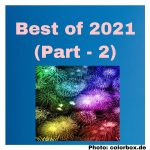
In the second installment of the ‘Year in Review’ series, we give our readers a glimpse of 3 most visited posts in the year 2021.
Continue reading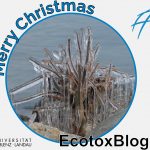
On the occasion of the festive season, the blogteam of EcotoxBlog and the Institute of Environmental Sciences (iES) at the University of Koblenz – Landau wishes its readers and blog contributors a merry and joyful Christmas!
Continue reading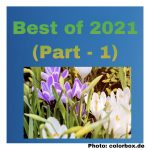
In this first installment of the ‘Year in Review’ series, we would like to give our readers a glimpse of some of the best blogposts of the year 2021.
Continue readingThe Center for Molecular and Environmental Biology (CBMA) at University of Minho is offering a post-doctoral research fellowship in a research and development project.
Continue reading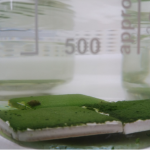
In this post, Marco Konschak reports on the recently published paper “Herbicide-Induced Shifts in the Periphyton Community Composition Indirectly Affect Feeding Activity and Physiology of the Gastropod Grazer Physella acuta”.
Continue reading
The International Knowledge Hub Against Plastic Pollution (IKHAPP) will hold a webinar tomorrow (December 2) at 2:00 PM (GMT).
Continue reading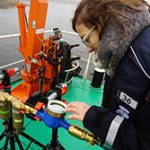
The BfG (Federal Institute of Hydrology) is looking for a research assistant in the department of Biochemistry / Ecotoxicology in Koblenz.
Continue readingThe Institute for Biochemistry and Biology at the University of Potsdam is looking for a research assistant in R and Shiny app programming as a part of outreach activities.
Continue reading
In this blogpost by Jonas Fischer, springtails were exposed to copper oxide nanoparticles at realistic field concentrations in four soils of varying properties. Toxic effects occurred only in loamy soils and mostly at the lowest test concentrations. Reduced nanoparticle agglomeration and clay-nanoparticle interactions were considered being responsible for this observation.
Continue reading